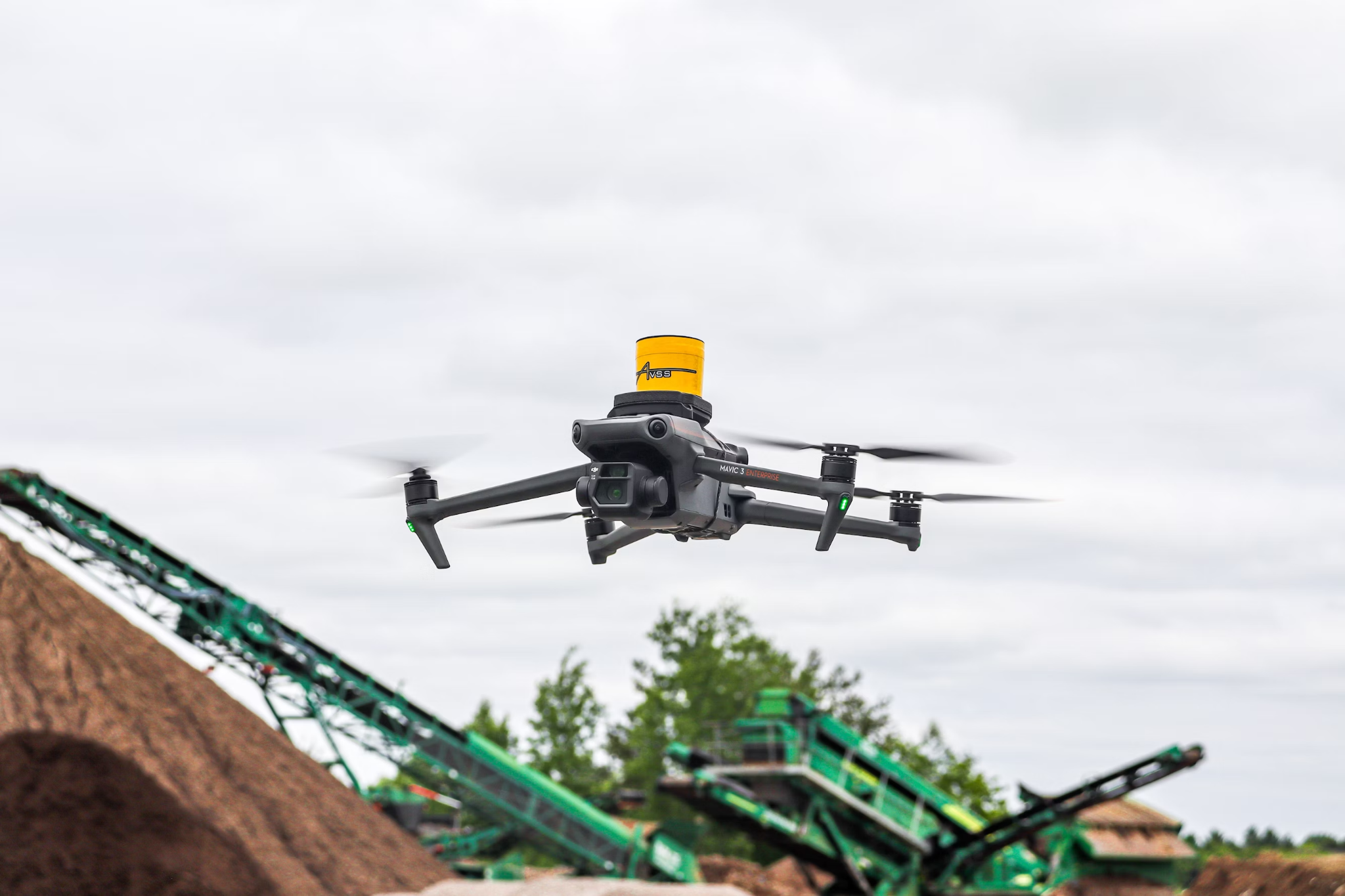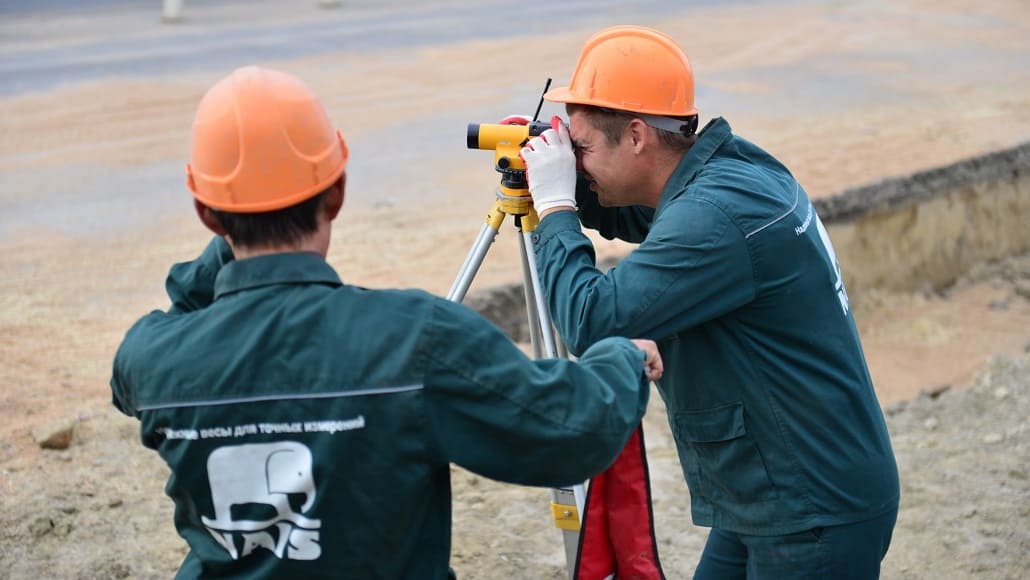In 2022, 91% of construction managers worked on projects that faced delays, most caused by unrealistic plans or resource issues. These setbacks cost more than money; they disrupt teams and damage trust.
That’s why pre-construction field analysis is essential. By spotting issues like soil instability or utility conflicts early, project teams can prevent delays before they happen. It’s not just a safety net — it’s a smart foundation for building efficient, resilient networks.
Decoding Pre-Construction Field Analysis
Before the first shovel hits the ground, pre-construction field analysis gives project teams a clear view of what they’re up against. It’s a comprehensive site review that reveals ground conditions, existing infrastructure, and regulatory hurdles — all before they become costly surprises.
This analysis typically includes site survey and field assessment for broadband infrastructure, soil and geotechnical testing, and detailed utility mapping. Teams also assess environmental impacts and verify compliance with local regulations. Each layer of information adds clarity, helping stakeholders align expectations and decisions from day one. It’s not just due diligence — it’s strategic foresight built into the earliest stages of the project.
Strategic Advantages of Early Analysis
Skipping site analysis might save a few days upfront — but it can cost weeks later. A detailed pre-construction field analysis equips teams with critical insights before issues escalate. Here’s what it brings to the table:
- Risk mitigation: Uncovers hazards like unstable soil or buried utilities, reducing the chance of safety incidents and rework.
- Budget accuracy: Enables more precise cost estimates by accounting for real-world site conditions.
- Schedule stability: Helps avoid delays by flagging potential roadblocks before construction begins.
- Stronger collaboration: Creates a shared foundation for architects, engineers, and contractors, improving communication and coordination.
- Better design outcomes: Allows teams to adapt plans based on actual site data, leading to smarter, more efficient builds.
- Regulatory readiness: Ensures early alignment with local codes and environmental requirements, avoiding compliance issues later.
In essence, early analysis isn’t just a checkbox — it’s a strategic advantage. It gives every stakeholder a clearer view of the path ahead, turning uncertainty into informed action.

Leveraging Technology for Precision
Modern pre-construction analysis is powered by tools that turn raw site data into clear, actionable insights. These technologies reduce guesswork and help teams respond to real conditions in real time:
- Drones: Capture high-resolution aerial imagery, making it easier to identify grading issues, drainage patterns, or access limitations.
- 3D laser scanning: Provides exact measurements of terrain or existing structures, allowing teams to plan around what’s already in place.
- Building Information Modeling (BIM): Centralizes data from architects, engineers, and contractors into one shared digital model, improving coordination and reducing clashes.
- Geographic Information Systems (GIS): Analyze spatial relationships — from utility lines to zoning maps — for smarter site planning.
Together, these tools transform field analysis from a static report into a dynamic decision-making engine. The result? Fewer surprises, better alignment, and projects that start with a clearer path forward.
Laying the Groundwork for Success
Smart networks don’t start with bricks or wiring — they start with insight. Pre-construction field analysis gives project teams a head start by revealing the realities of a site before problems surface. It sharpens plans, aligns teams, and keeps projects on solid ground from day one.
In a field where delays are common and margins are tight, early analysis isn’t optional — it’s essential. Build smarter by beginning with what you know, not what you assume.































